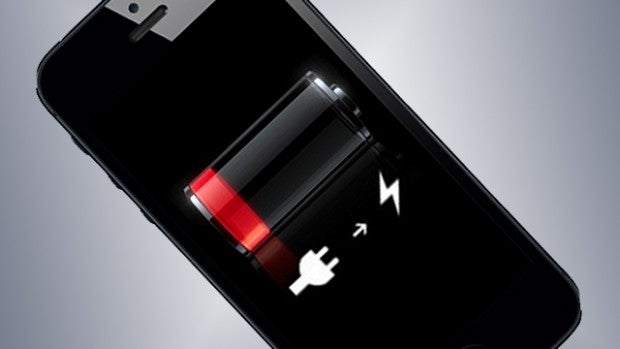New breakthrough could lead to batteries that last thousands of years

A team at the University of Bristol has developed a new technology that uses nuclear waste and a man-made diamond to create a battery that could ‘revolutionise the powering of devices over long timescales’.
The new battery is capable of creating clean energy and uses a diamond placed in a radioactive field to generate a current.
Presented at the Cabot Institute’s annual ‘Ideas to Change the World’ lecture last week, a prototype ‘diamond battery’ using Nickel-63 as the radiation source is the first step in the process of creating long-lasting power sources of this kind.
The team behind the breakthrough are now working to create a version that uses carbon-14: a radioactive version of carbon.
Related: CES 2017
Once this new version is completed, it is claimed the battery would take 5,730 years to reach 50% power.
Tom Scott, Professor in Materials in the University’s Interface Analysis Centre and a member of the Cabot Institute, said: “There are no moving parts involved, no emissions generated and no maintenance required, just direct electricity generation.
“
On top of providing long-lasting power, the new batteries will help reduce the amount of nuclear waste by using the carbon-14 generated in graphite blocks used to moderate the reaction in nuclear power plants.
According to the university, the UK currently holds almost 95,000 tonnes of graphite blocks, but extracting carbon-14 from them decreases their radioactivity, which in turn redues the cost and challenge of safely storing the nuclear waste.
Related: Best smartphone
Dr Neil Fox from the School of Chemistry explained: “Carbon-14 was chosen as a source material because it emits a short-range radiation, which is quickly absorbed by any solid material.
“This would make it dangerous to ingest or touch with your naked skin, but safely held within diamond, no short-range radiation can escape.
“In fact, diamond is the hardest substance known to man, there is literally nothing we could use that could offer more protection.”
Professor Scott added: “We envision these batteries to be used in situations where it is not feasible to charge or replace conventional batteries.
“Obvious applications would be in low-power electrical devices where long life of the energy source is needed, such as pacemakers, satellites, high-altitude drones or even spacecraft.”
WATCH: OnePlus 3T Review
Let us know what you think of the technology in the comments.

